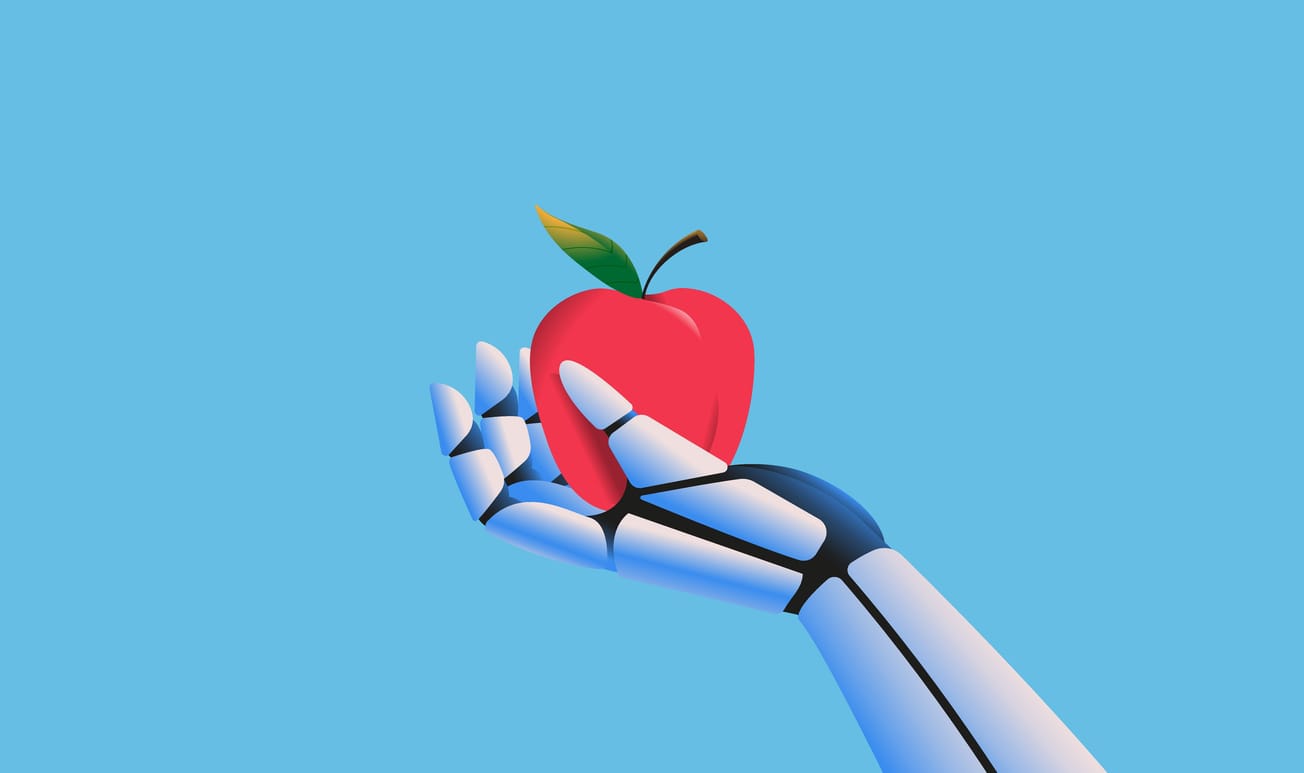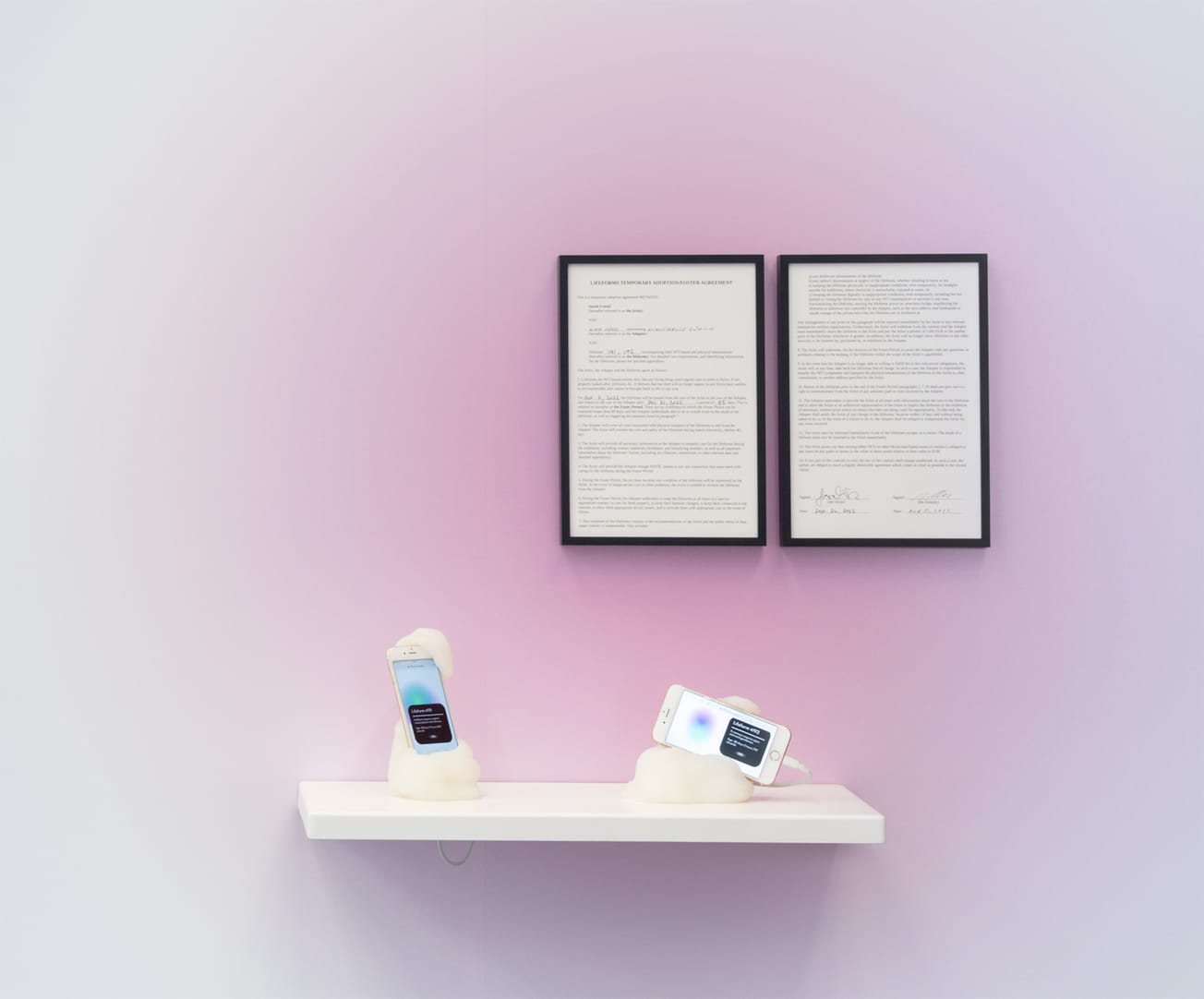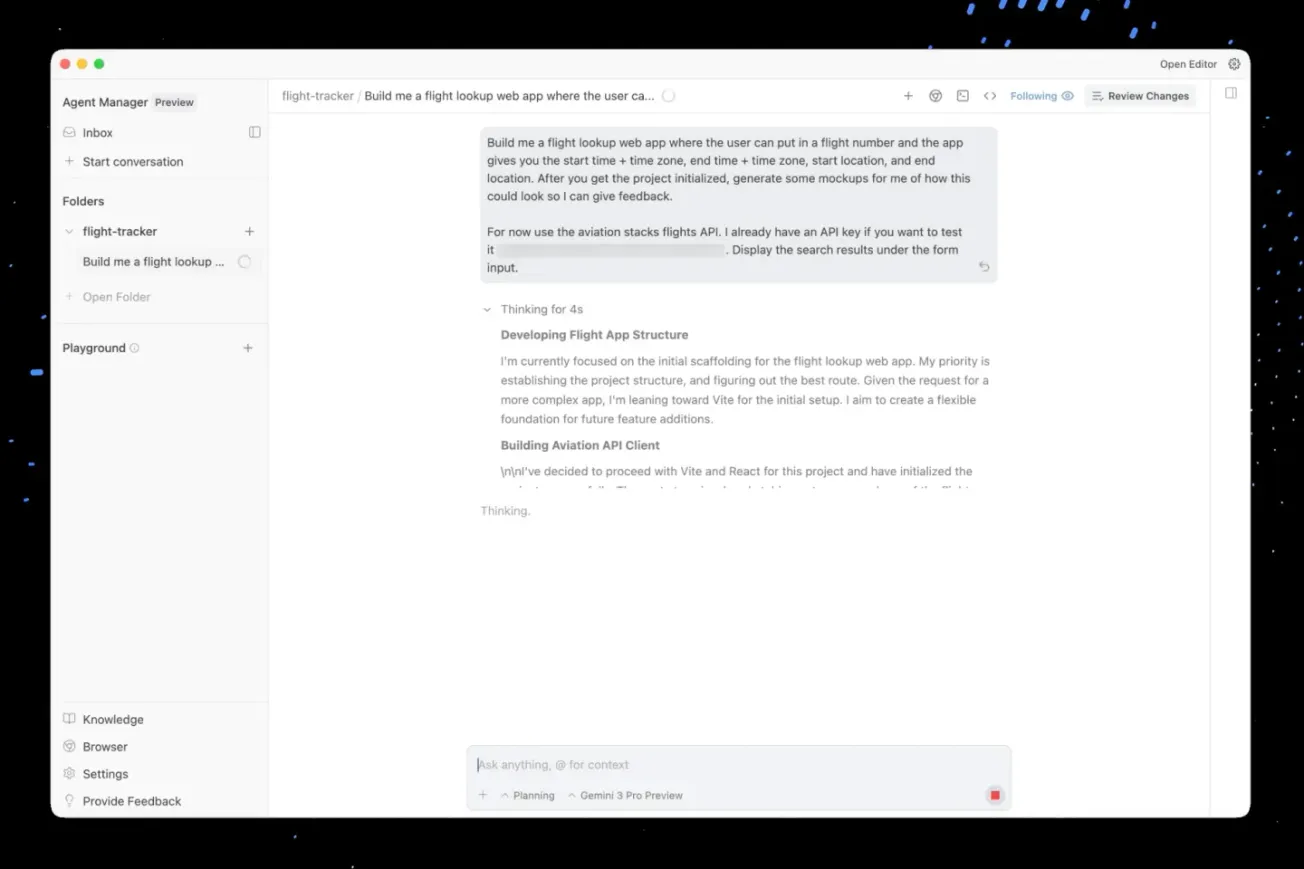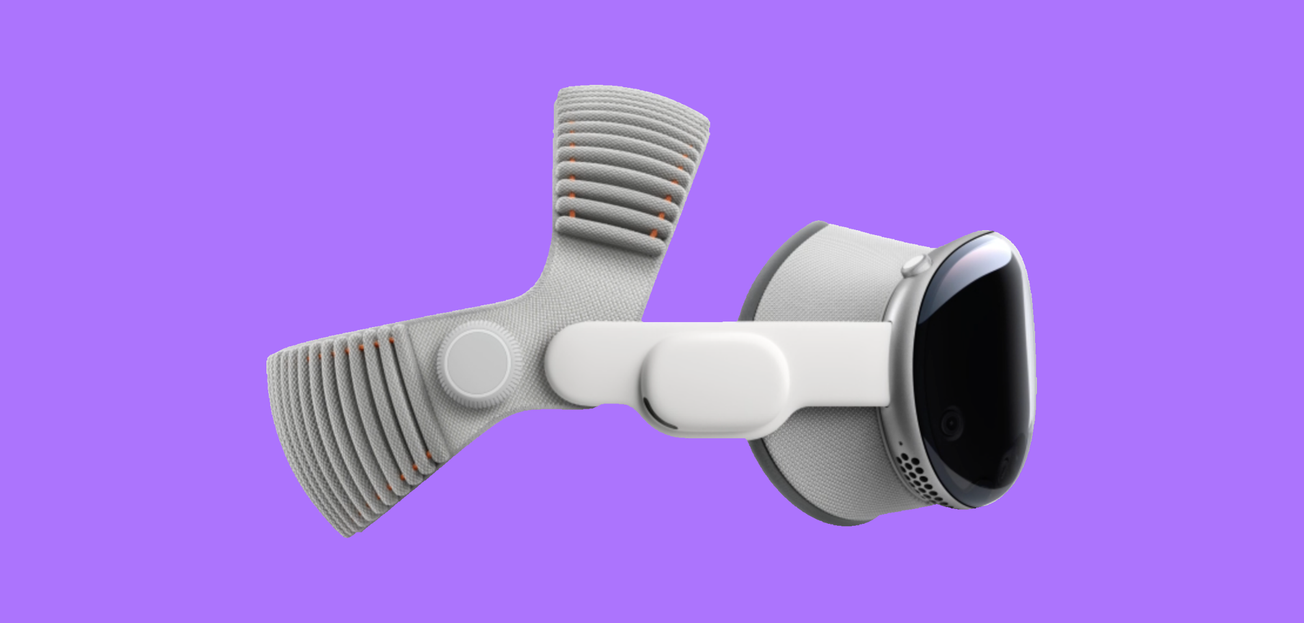When Apple introduced its on-device AI framework at WWDC on June 9, 2025, the announcement focused on privacy, offline capability, and developer access. Two months later, the first wave of creative apps built on this framework is beginning to emerge—offering an early glimpse at how the technology could shift professional workflows.
The framework, part of the broader Apple Intelligence rollout, allows developers to integrate large language and generative models that run entirely on iPhones, iPads, and Macs. Because processing happens locally, no user data leaves the device, and features work without an internet connection.
In the creative sector, developers are experimenting with photo and video tools for object removal, automated scene cleanup, and style transformations—all running on-device. In music production, early plug-ins use the AI models for chord suggestions, instrument emulation, and adaptive mixing assistance.
For designers and editors, the privacy-first architecture offers clear benefits: faster processing, no reliance on cloud servers, and enhanced control over sensitive creative assets. But the approach also raises strategic questions. These AI capabilities are exclusive to Apple hardware, potentially deepening reliance on its ecosystem and influencing how—and where—creators choose to work.
While adoption is still in its early stages, Apple’s on-device AI is already shaping expectations for generative tools in mainstream creative software. Instead of being a standalone feature, AI is becoming a layer within established workflows—present but unobtrusive, and designed to serve rather than dominate the creative process.







